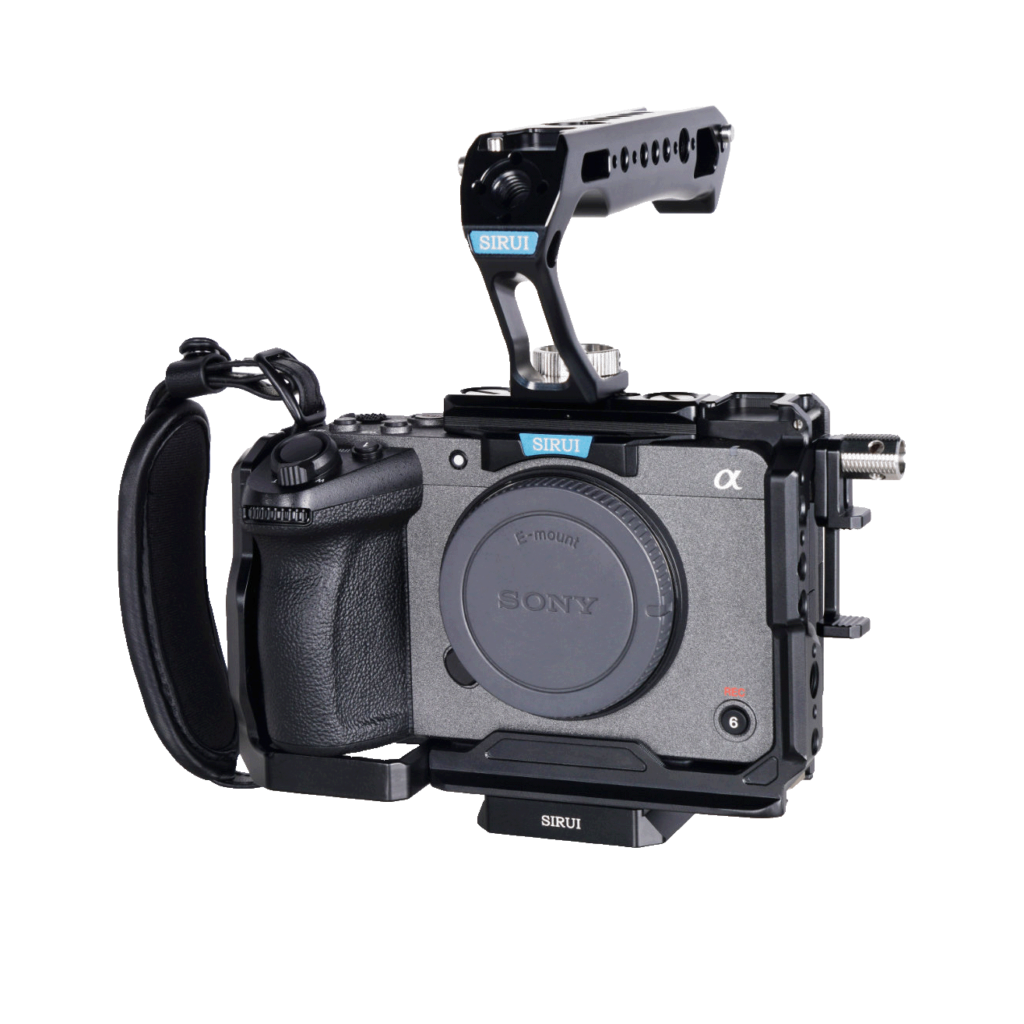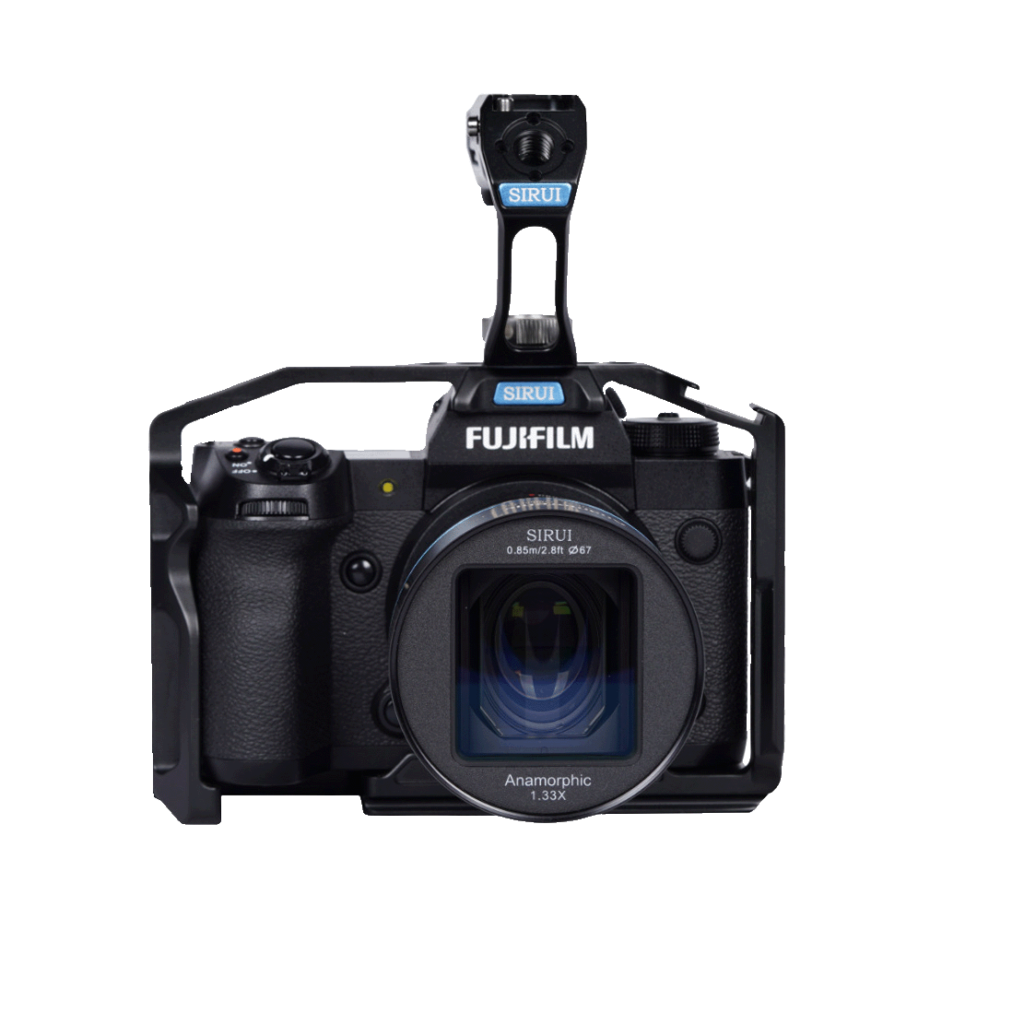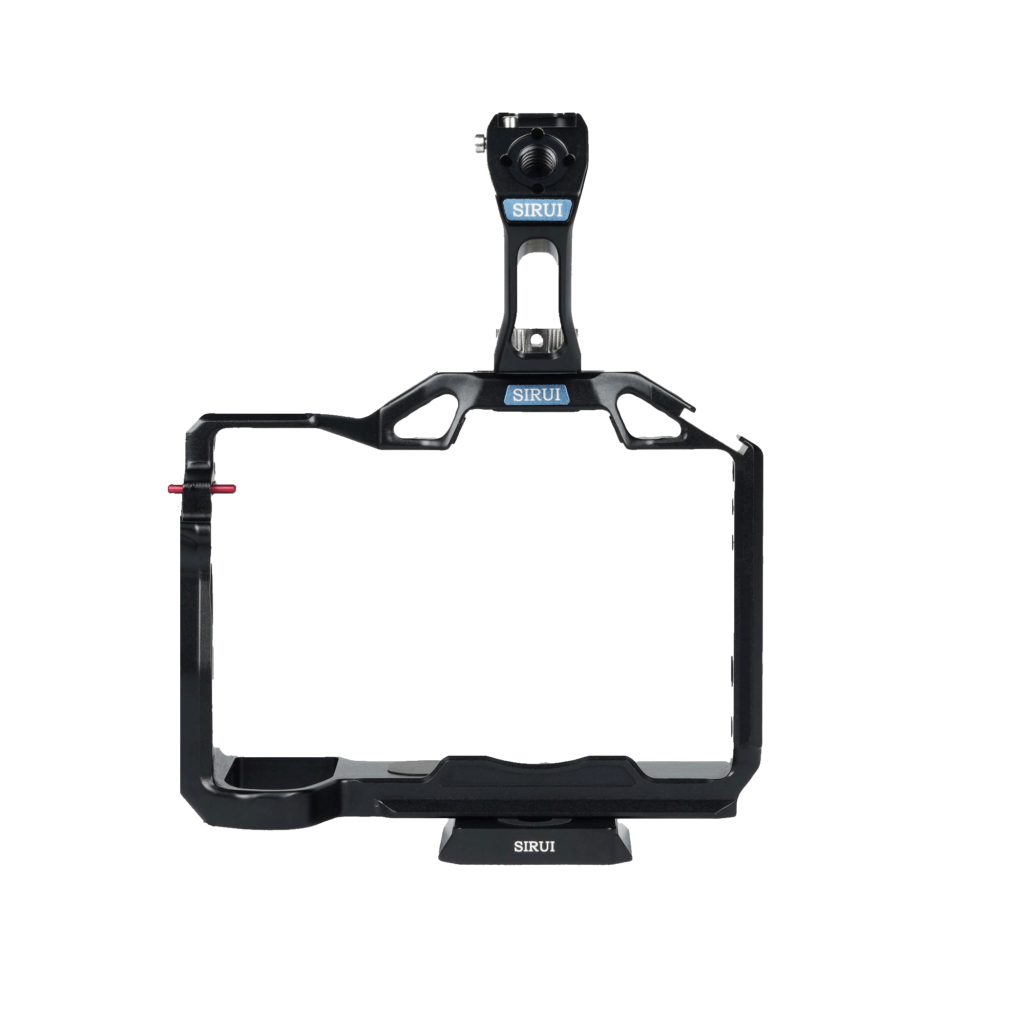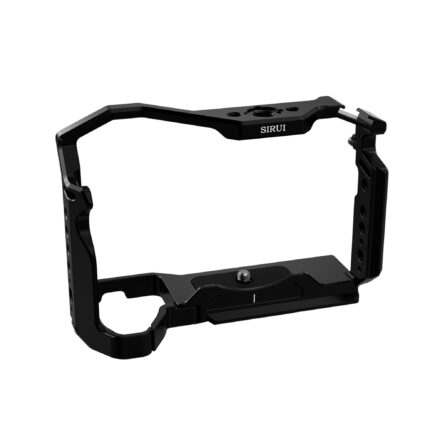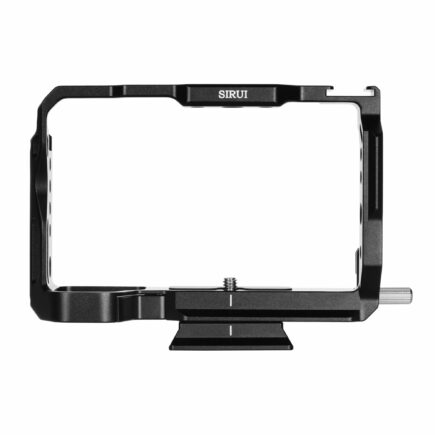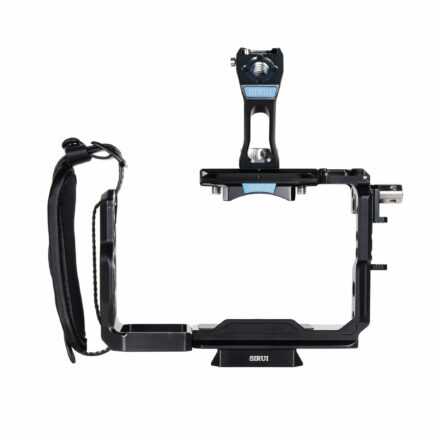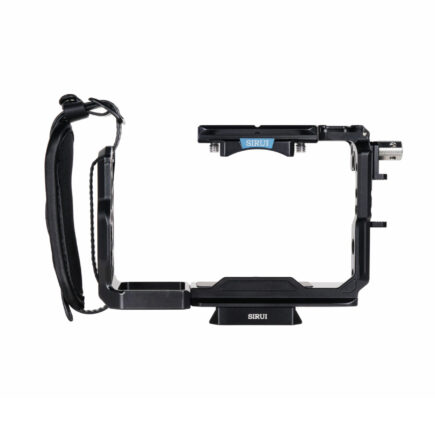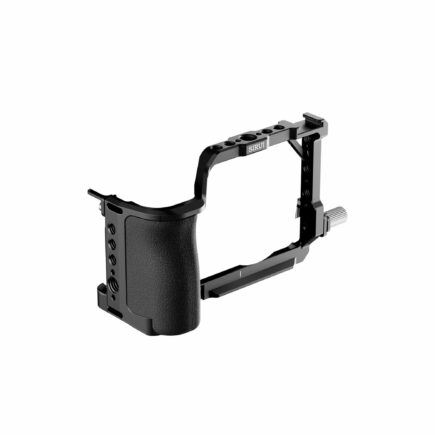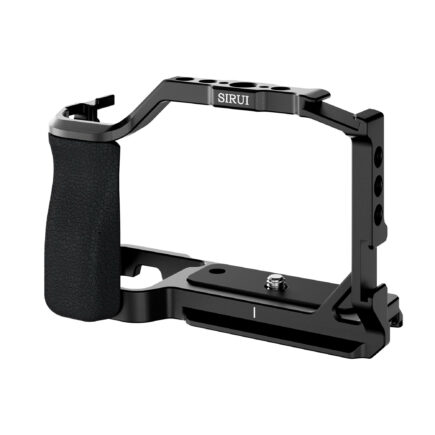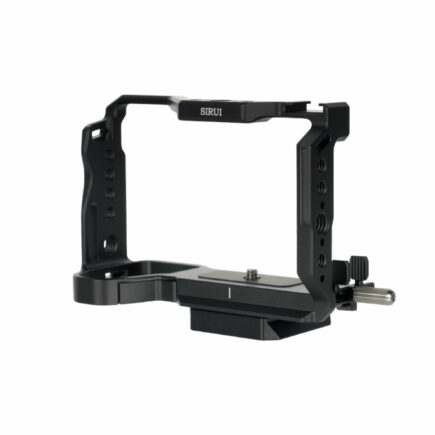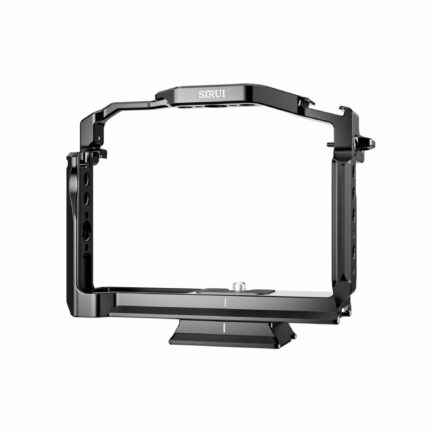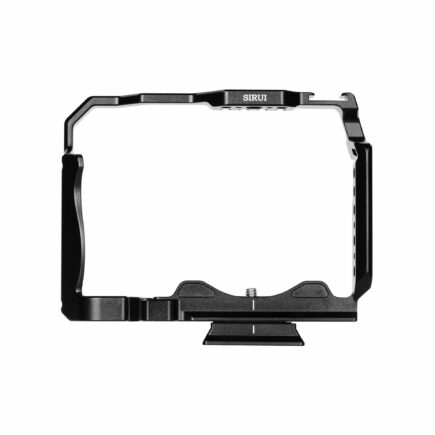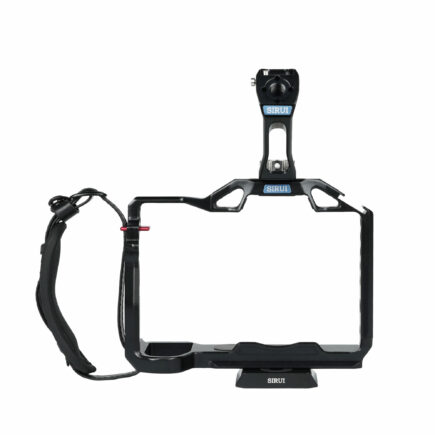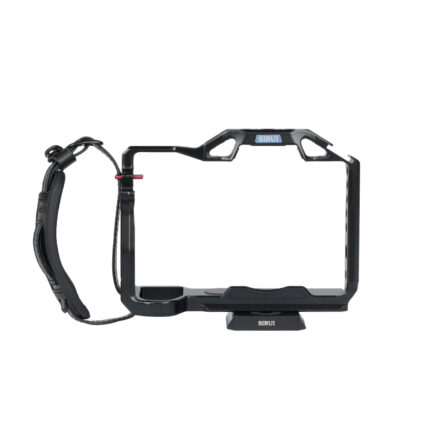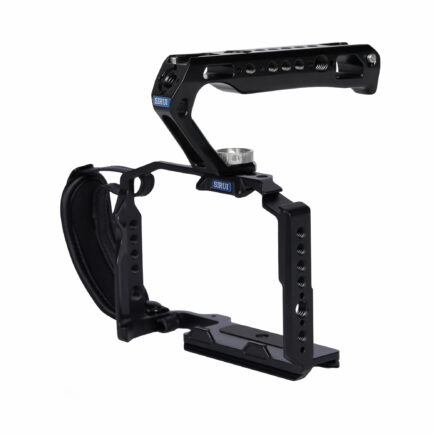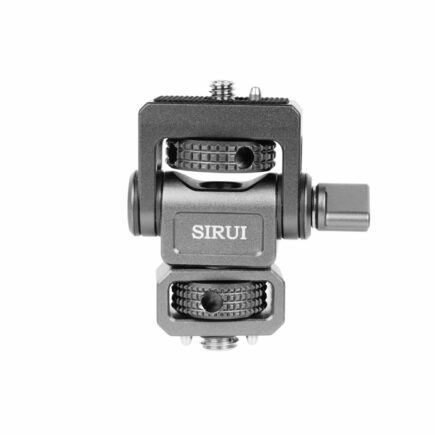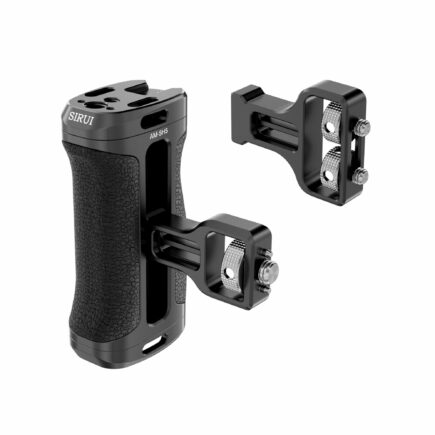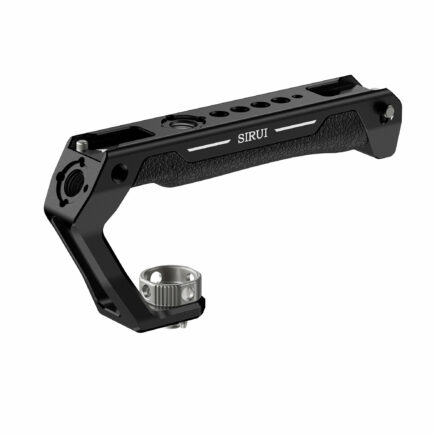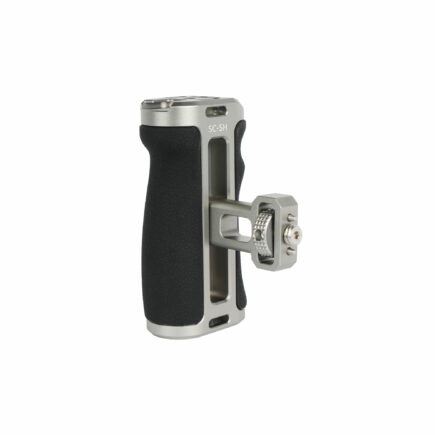What is a Camera Cage?
A camera cage is an accessory designed to provide additional protection, stability, and versatility to a camera setup. It is a framework or a cage-like structure that surrounds the camera body, allowing you to attach various accessories and components.
The primary purpose of a camera cage is to provide a secure mounting platform for accessories such as external monitors, microphones, follow focus systems, lighting, and more. By attaching these accessories to the cage, you can create a customized rig that suits your specific needs and enhances your filming capabilities.
Camera cages typically feature multiple threaded mounting points and cold shoe mounts, allowing you to attach accessories at various positions around the cage. They may also include built-in cable clamps or cable management systems to keep your cables organized and prevent them from interfering with your shots.
Additionally, camera cages often have a top handle or side handles for easy carrying and handheld shooting. These handles can provide a more stable grip and make it easier to maneuver the camera during handheld or run-and-gun shooting scenarios.
Camera cages are popular among videographers and filmmakers who require a more professional and versatile setup. They offer improved durability, protection against accidental bumps or drops, and expanded accessory mounting options compared to a bare camera body.
It's important to note that camera cages are typically designed to be compatible with specific camera models or camera systems. Therefore, when purchasing a camera cage, ensure that it is compatible with your camera model to ensure proper fit and functionality.
What are the benefits of Camera Cage?
Camera cages offer several benefits for photographers and videographers. Here are some key advantages of using a camera cage:
- Protection: Camera cages provide an added layer of protection to the camera body against accidental bumps, scratches, and drops. The cage acts as a sturdy frame that surrounds the camera, minimizing the risk of damage and extending the lifespan of your equipment.
- Versatility: Camera cages offer a versatile platform for mounting various accessories and components. They feature multiple threaded mounting points, cold shoe mounts, and accessory mounting options, allowing you to attach external monitors, microphones, lights, follow focus systems, wireless receivers, and more. This versatility enables you to create a customized setup tailored to your specific shooting needs.
- Stability: Camera cages enhance stability during handheld shooting. They often include handles or grips that provide a more secure and ergonomic grip, reducing hand fatigue and improving control over the camera. The added stability helps in capturing smoother footage and reduces the chances of shaky shots.
- Cable Management: Many camera cages incorporate cable clamps, cable locks, or cable management systems to keep your cables organized and prevent them from interfering with your shots. This helps to maintain a clean and professional-looking setup, eliminating cable clutter and reducing the risk of accidentally disconnecting cables during a shoot.
- Mounting Options: Camera cages often provide additional mounting options for accessories like external recorders, batteries, wireless transmitters, or additional grips. These options enable you to expand your setup and accommodate a wider range of gear, enhancing your creative possibilities.
- Professional Look: Camera cages give your camera setup a more professional and polished appearance. They lend a cinematic or broadcast-like aesthetic to your gear, which can be especially important for filmmakers or content creators aiming for a high-quality production look.
Overall, camera cages offer enhanced protection, versatility, stability, and customization options for your camera setup. They are especially useful for video production, but they can also benefit photographers who require additional accessory mounting options and improved ergonomics.
Who should use a Camera Cage?
Camera cages are particularly useful for the following individuals:
- Filmmakers and Videographers: Camera cages are commonly used by filmmakers and videographers who require a more professional and versatile setup. They provide a stable platform for attaching accessories such as external monitors, microphones, lights, follow focus systems, and other filmmaking tools. The added stability and customization options offered by camera cages contribute to the production of high-quality videos.
- Documentary Filmmakers: Documentary filmmakers often work in diverse and unpredictable shooting environments. Camera cages offer protection to the camera body and provide a secure mounting platform for accessories, allowing filmmakers to adapt to different situations and capture footage with ease.
- Run-and-Gun Shooters: Videographers who engage in run-and-gun shooting styles, such as event coverage or fast-paced documentaries, benefit from the added stability and improved handling that camera cages provide. The handles and grips on camera cages help to reduce hand fatigue and allow for smoother handheld shots.
- Camera Operators: Camera operators working on film sets, television productions, or commercial shoots can benefit from camera cages due to their versatility and accessory mounting options. Camera cages enable operators to attach external monitors, wireless receivers, battery packs, and other essential tools, enhancing their efficiency on set.
- Photographers Needing Video Capabilities: Many camera cages are designed to accommodate both photography and videography needs. Photographers who frequently switch between capturing stills and shooting videos can benefit from the flexibility and convenience of a camera cage. It allows them to quickly transition between different shooting modes and attach accessories as needed.
- Travel and Adventure Photographers: Travel photographers and adventurers often encounter challenging and unpredictable shooting conditions. Camera cages offer protection to the camera against rough handling, impacts, and environmental elements. They also provide a secure mounting platform for accessories, enabling photographers to capture unique perspectives and enhance their storytelling.
While camera cages are widely used in professional filmmaking and videography, they can also be beneficial for hobbyists and enthusiasts looking to expand their camera capabilities and create more professional-looking content. Ultimately, anyone seeking added protection, stability, versatility, and customization options for their camera setup can benefit from using a camera cage.
AVAILABLE ON BACKORDER
AVAILABLE ON BACKORDER
AVAILABLE ON BACKORDER
